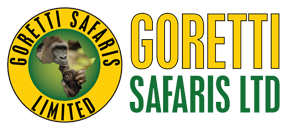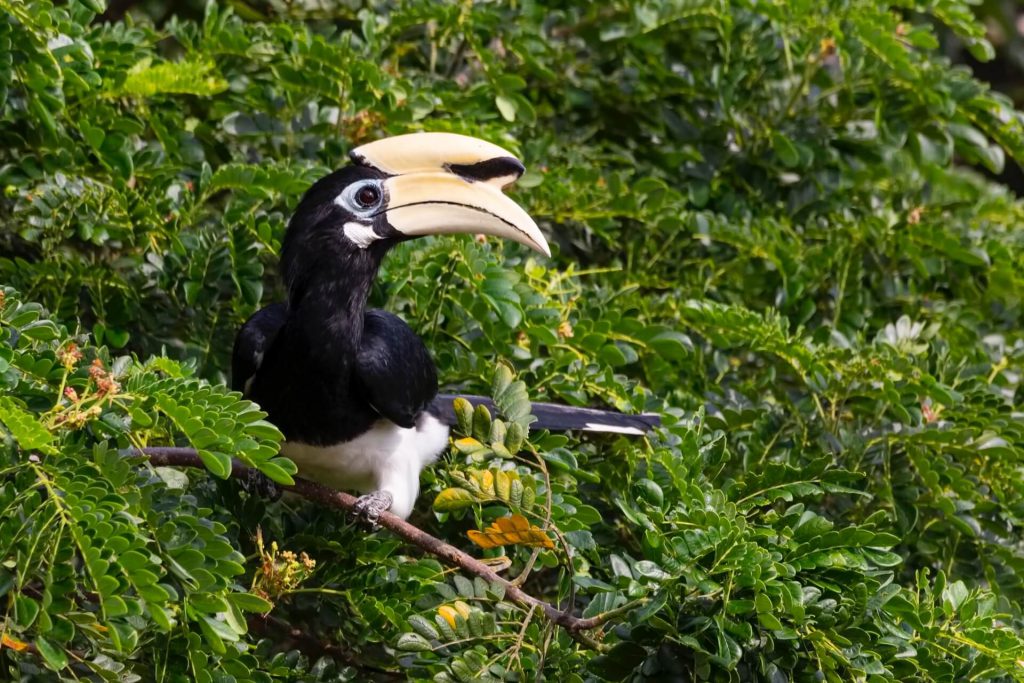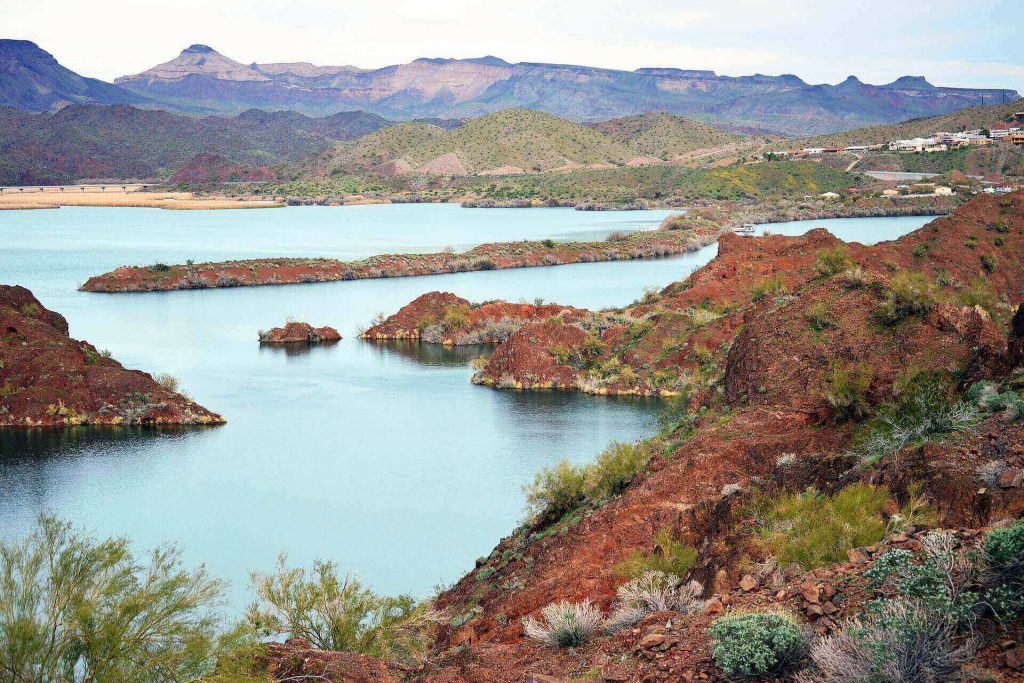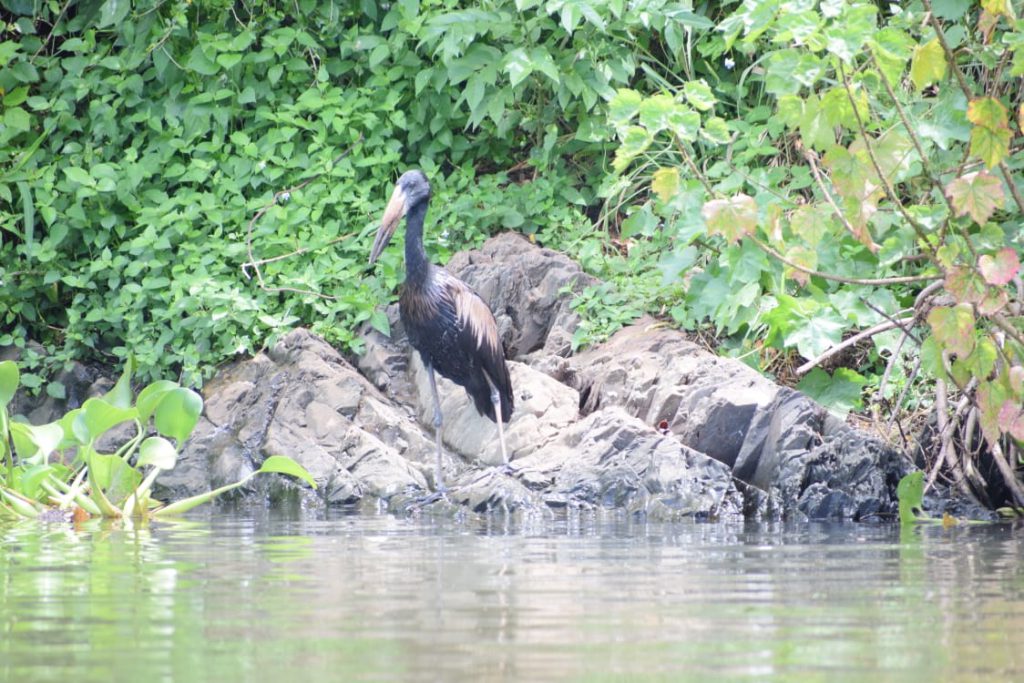Queen Elizabeth National Park is an important birding destination in Uganda with a recorded count of over 600 bird species. probable encounters are a number of woodland forest dwellers of maramagambo forest and the habitats of the Kazinga channel among other likes and water areas found in the park. do not miss out on the pink backed pelican, Afrian Broadbill, African Skimmer, African Fish Eagle,corn crake, Flamingos, blackrummped buttonquail, chaplin’s flycatcher, papyrus Gonorek and papyrus canary among others.
Queen Elizabeth National Park is an important birding destination in Uganda with a recorded count of over 600 bird species. probable encounters are a number of woodland forest dwellers of maramagambo forest and the habitats of the Kazinga channel among other likes and water areas found in the park. do not miss out on the pink backed pelican, Afrian Broadbill, African Skimmer, African Fish Eagle,corn crake, Flamingos, blackrummped buttonquail, chaplin’s flycatcher, papyrus Gonorek and papyrus canary among others.
Our professional guide will pick you from your agreed point of meeting and transferred you to Queen Elizabeth national Park to begin our birding trip. the mostly lush green savannah park with a part of tropical forest has the largest number of species diversity and birds are no exception. there are about 600 recorded species. As you drive yu may catch sight of a number of birds and hear a graet number of calls. you will also stopover at The Equator in Buwama to take a few shotsstanding in two hemisphers at he same time. lunch enroute eithere at Igongo cultural centre or Agip motel.
Enjoy breakfast and go for a whole day game and bird watching drive to the Ishasha and Kyambura Gorge where you have high chances of seeing the Harlequin and Blue Quails, Small (Common) Buttonquail, African Crake, White winged Warbler, Martial Eagle, African Skimmer, Verreaux’s Eagle-Owl, Papyrus Gonolek, Amur Falcon, Ovampo Sparrow hawk, Lowland Akalat, Greater and Lesser Flamingo, Black Bee-eater, Caruthers’s Cisticola, Terek Sandpiper, Secretary Bird, and Temminck’s Courser. Besides birds you can also see mammals like African Elephant, Spotted Hyena, Leopard, Lion, Ugandan Kob, Side-striped Jackal, Baboons, Chimpanzees, Bush and Water Bucks, Warthogs, Giant Forest Hogs to mention but a few after back to the lodge.
In the morning after breakfast, take to the kasenyi area where you will enjoy the sight of various birds as well as wildlife. in the afternoon take a boat trip and do bird watching along the Kazinga Channel. Kazinga Channel links Lakes George and Edward; during the launch cruise we expect to meet groups of African Skimmers, Striated Heron, African Spoonbill, African Crake, Water Thick-knee, and Three-banded Plover, Marsh Sandpiper, Green Sandpiper, Wood Sandpiper, Common Sandpiper, Grey-headed Gull, Plain Martin, Lesser Swamp-Warbler, Collard Planticoles, Yellow-billed Ox-pecker and many others.
After and early breakfast take to a different route of birding eithere in the mweya penisulars or in the crater lakes are before finally embarking on our journey back with a few stopover aespecialy for birds arriving in time either for your flight or drop off at the agreed point.
The Trip Cost Includes
- Pick-up or Drop-off service from and to Airport(in our own vehicle)
- Transportation to and from!!
- Food all along the trip(Breakfast, Lunch, Dinner and a cup of coffee or tea) and accommodations during the trip in hotels with family environment
- Transportation, food, accommodation and insurance of Guide during the trip
- Down jacket, all-season sleeping bag, duffel bag and trekking map(in case if you don’t have your own. Down jacket, sleeping bag and duffel bag must be returned after completion of the trip)
- First Aid Medical Kit(Your guide will carry the Medical Kit but we also advise to bring yourself for your own use, as far as possible)
- All the required permits and paperwork
The Trip Cost Excludes
- International Airfare
- Visa Charges
- Hotel Expenses(In Kathmandu, some packages do include hotel expenses)
- Your travel and medical insurance
- Personal Expenses such as shopping, bar bills, hot shower, telephone, laundry, titbits etc
- Food and accommodations in Kathmandu
- Services not mentioned or not promised by the agent/agency
- Emergency expenses such as expenses on chartered helicopter.
Frequently asked Questions
Annapurna Base Camp is a Grade B or a moderately difficult trekking route. So any fit person can do this trek, even if you do not have any previous experience. You should be aware of what to expect and mentally prepare for it. Then, as long as you will to, you can.
On average, you walk about 4 to 6 hours per day. One or two days can be as less as 3hrs and one or two days can be as long as 7hrs.
The highest altitude reached is 4190m. This is the elevation of Annapurna Base Camp. ABC is the highest we will climb in this trek.
Yes, you can charge batteries en route. Charger should be brought. There are hot shower facilities as well. You may have to pay certain amount for both ($1-$2). Negotiate. Also, hot water facility could be free at lower elevation.
No. There are no ATMs on this trek route. You will have to draw enough cash in Pokhara or Kathmandu. There are a number of ATMs in these cities. Everything is paid in Nepali rupees. So money should be exchanged before the start of the trek.
Yes. Internet can be accessed in most places. Sometimes, there might be some technical problems. Internet in Nepal is not as fast as you are used to and at times you can just lose connection.
Not really. It depends on you. If you want, ABC trekking can be done independently. You could hire a guide and a porter by yourself instead of going through an agency or not hire a guide at all. Although, not having a guide can be a little problematic during off season.
It really depends on you. Is it your first time in Nepal? How confident are you of being able to find your way around? How pressed on time are you? If you go through an agency, it will be costlier but everything will be planned. You will only have to come, trek and return.
For Annapurna region, pay for guides range from $20 to $30 per day and porters take $15 to $25 per day.




